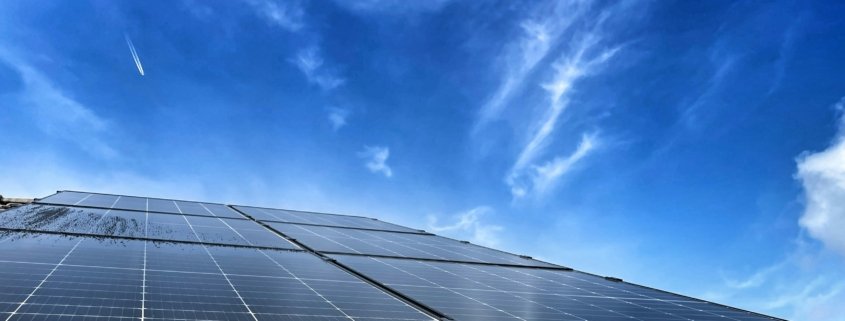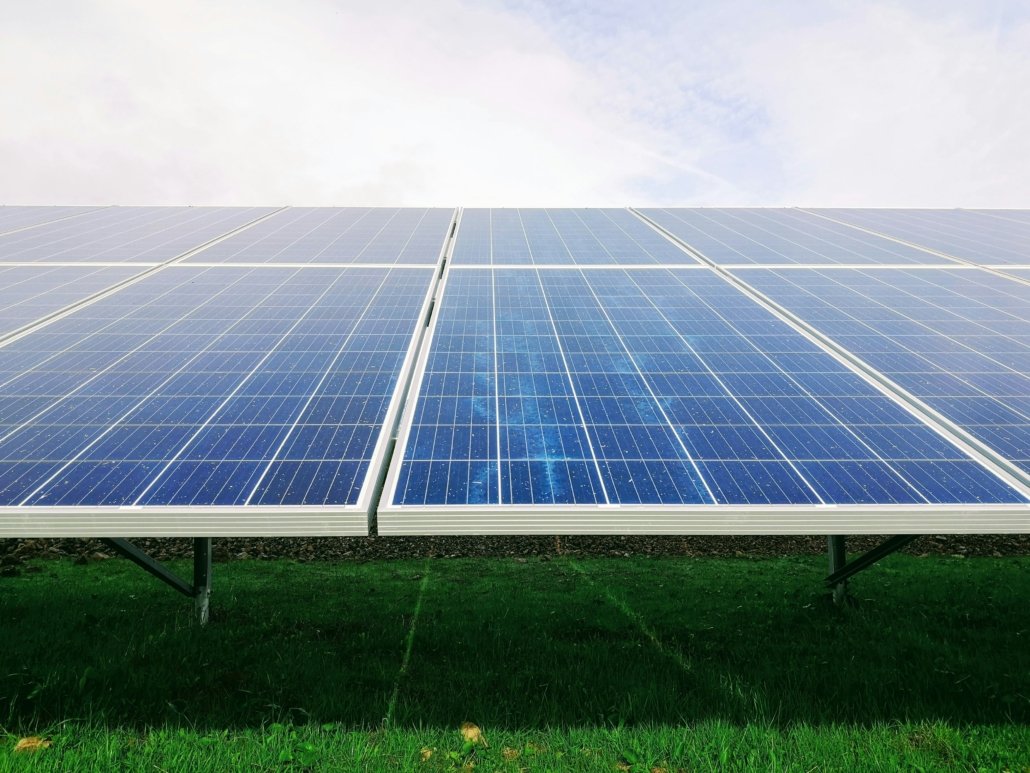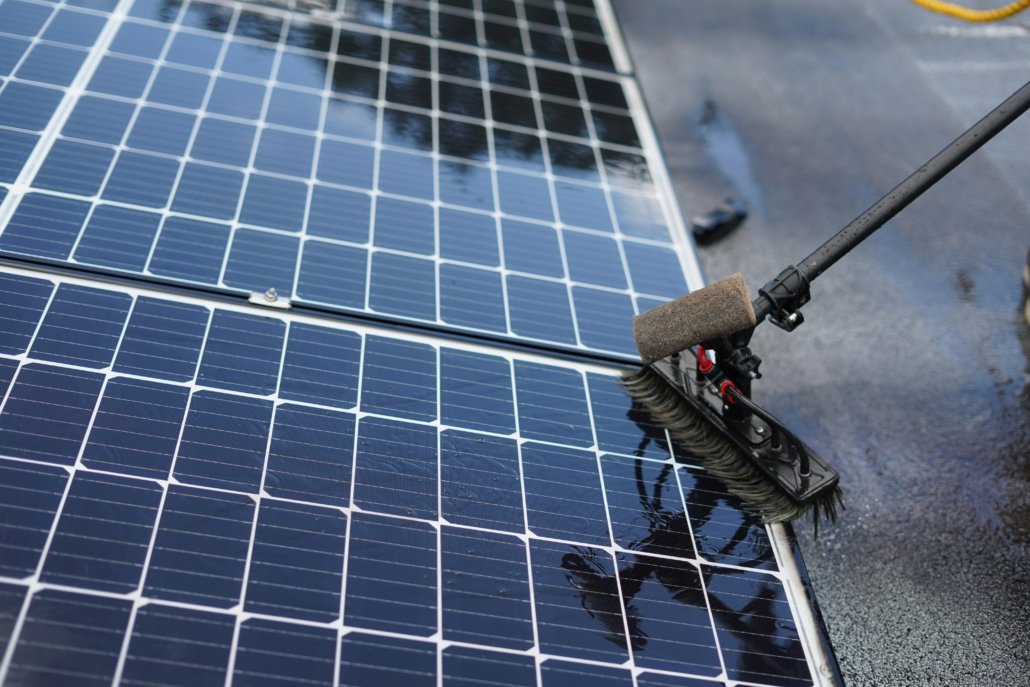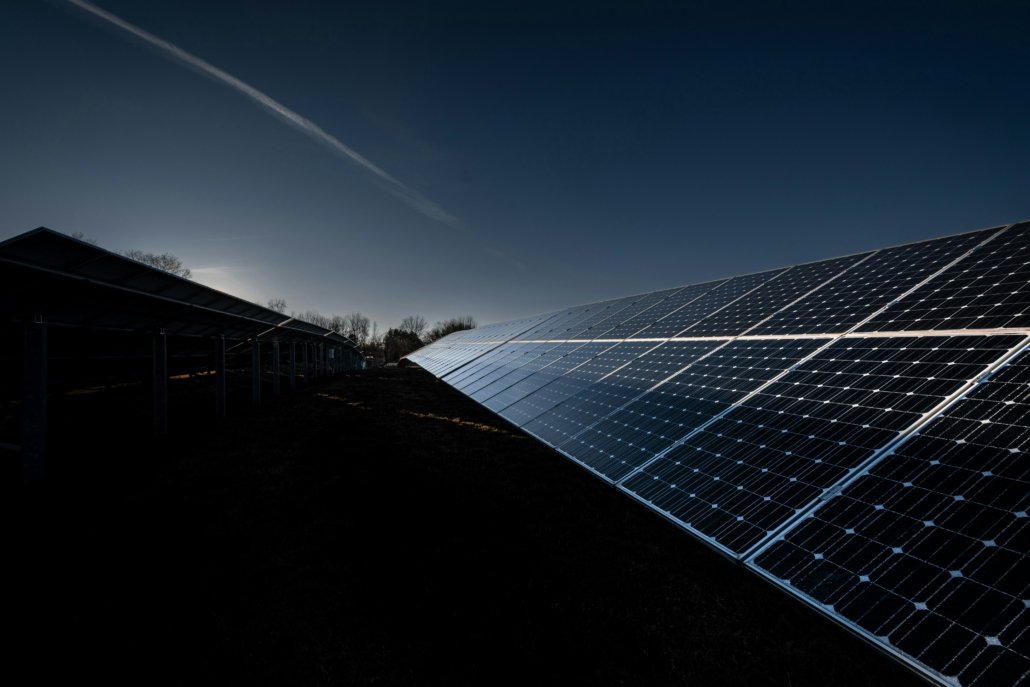Solar Energy Pros and Cons: A 2025 Homeowner’s Guide
Solar energy has grown from an environmentally-friendly option that was once considered a niche to an everyday option for homes, as well as businesses and utilities that generate power on a large scale. As of the close of the year, solar power projects across the world are expected to reach the 900 gigawatt mark, which will provide power to over 200 million households.
The explosive growth in solar power is the result of the increasing cost of electricity, as well as the increasing consciousness about climate change, as well as technological advances in solar, which improve efficiency and make the systems more durable.
The decision to invest in solar power is not only an environmental one. It’s a strategic, economic one. Understanding the advantages and disadvantages of solar energy, supported by actual information that is true, will assist both homeowners and businesses in making informed decisions about the use of solar energy.
| Advantages (The “Pros”) | Disadvantages (The “Cons”) |
|---|---|
| ✅ Drastically reduces or eliminates your electricity bill. | ❌ High upfront installation cost. |
| ✅ Increases your home’s value. | ❌ Is intermittent (doesn’t work at night or in a blackout). |
| ✅ Earns you money back through tax credits & net metering. | ❌ Depends on your roof’s age, condition, and direction. |
| ✅ Protects the environment and reduces your carbon footprint. | ❌ Can be a complex process to navigate (permitting). |
What Is Solar Energy?
Solar energy is generated by the capture of sunlight with photovoltaic (PV) panels or solar thermal systems. PV panels convert sunlight into electricity, while thermal systems use sunlight to heat water or air for domestic or commercial use.
In the past decade, solar technology has significantly developed. Modern PV panels have an efficiency of between 15% and 22% and the latest tandem or bifacial panel may be more than 30% efficient. With a longevity of 25-30 years and a degradation rate of approximately 0.5% each year, solar panels offer long-term energy solutions and lower operating costs.
The U.S. solar market, for instance, grew by 27% by 2024 and accounted for 4% of the total electricity production across the globe, while the use of solar continues to grow, particularly in China, India, and Germany. Lower costs for installation, which are 70% lower today than in 2010, make solar energy more efficient compared to conventional electricity sources. 30% Federal Tax Credit
Advantages of Solar Power
-
Save Money on Your Electric Bill
The most compelling reason to invest in solar panels is the prospect of huge savings on electricity bills. A 10-kW system that is typical for residential use can save a household around $1,440 annually. This is roughly 36,000 dollars in savings per year over 25 years. In areas that receive lots of sunshine, such as Arizona or California, homeowners can earn an investment return in only 6-8 years, while in the northern states, those in the southern states could take between 8 and 12 years.
Solar systems also safeguard against the rising cost of electricity, which is one of the many advantages of solar. In the past, electricity prices have increased by 35% per year. Hence, the power of solar panels to generate electricity on your own helps safeguard households and businesses from price increases in the future.
-
Make the Environment Save to Live In
Get a Free, Honest Consultation
Let our team provide a free, no-obligation assessment of your home. We’ll give you a clear, honest breakdown of *your* specific costs, savings, and payback period.
Solar energy is a renewable, green energy source. Contrary to fossil fuels, solar panels do not emit greenhouse gases when they are in operation and require a minimal amount of water when compared to coal or natural gas plants.
| Energy Source | CO2 Emissions (g/kWh) | Water Use (L/kWh) |
| Solar | 48 | 0.5 |
| Coal | 820 | 2.5 |
| Natural Gas | 490 | 1 |
| Wind | 12 | 0.1 |
Solar panels generally “pay back” the energy they consume to create them in three to five years, after which the energy they produce does not emit emissions. Through the course of their lives, solar panels dramatically reduce carbon footprints and also contribute to the global climate goals.
-
Get Energy Independence
Generating electricity using your own means makes you independent from grid power, one of the most significant benefits of solar. When there is no light and the grid is down, your house will stay lit up, as you will have a solar system with batteries on the rooftop. Community solar projects foster small towns and communities to invest in solar systems, which is worth it for economic growth and environmental health.
-
Increase Your Property Value
Solar panels in homes are usually more valuable when resold. Buyers are attracted to houses that have a strong background of saving on energy expenses and sustainable living. Research has shown that homes with solar panels are sold at 46% more and are sold for 20% faster than comparable homes that are not solar powered. environmental benefits of renewables
-
Low Maintenance Costs
Solar panels are made up of only one moving component. This means they require very little maintenance. To remove dust and debris, you need to clean the panel twice a year. Today, people are investing in PV panels, which are most efficient and can last for 30 years with a bit of upkeep. The inverters with them need replacement after 10-15 years. If you compare these expenses with traditional electricity bills, they stand nowhere, meaning the lowest maintenance expense.
-
Technological Advancements
Have Questions or Your Utility Bill Ready?
Prefer to email? Send us your questions about the pros and cons, or attach your utility bill, and our team will reply with a free, detailed analysis.
With the advancement in technology, solar systems are also getting modified. Bifacial solar panels are available in the market; they are famous for capturing sunlight from both sides, and hence increase the effectiveness by 5-15%. Similarly, Perovskite solar cells are used in labs, with 30% increased efficiency. Furthermore, floating solar farms are in trend; they eliminate the worries of limited land and reduce the water loss with maximum power output. Additionally, now, people are investing in smart inverters that allow real-time monitoring and tracking for quick optimization when required.
-
Government & Corporate Adoption
Solar demand has increased thanks to government and companies’ incentives. In the US, homeowners with solar systems can receive 30% of the solar system cost, using the federal solar tax credit. Not only in the US, but the governments of China, the EU, India, and other countries have also encouraged the use of solar power to decrease dependency on the main grid.
Disadvantages of Solar Power
-
High Upfront Cost
Undoubtedly, solar is a good option, offering long-term savings, but it demands a high upfront cost. The standard residential solar installation can cost from $15,000 to $25,000. However, it is increased when it comes to commercial places, over $100k. Remember that the ROI depends on your location, roof layout, sunlight exposure, electricity rates, and government incentives.
-
Intermittent Energy Source
The power of the solar system to produce energy depends on the time of day and weather conditions. More exposure to sunlight means more energy production. You can overcome the intermittency by using batteries with solar systems. Remember that it will add around $10,000 to $15,000 to the solar system’s total expense.
-
Roof Layout & Location Constraints
The roof has a great impact on the working efficiency of the solar system: direction, shade of building or trees, roof age, slope, and type. Roofs facing south, and located in the northern hemisphere, typically have the highest efficiency, while roofs facing west or east can reduce output by about 25-30%.
-
Environmental Impact of Manufacturing
Although solar energy is safe when operating, the process of making panels requires energy as well as other materials such as silicon, silver and rare metals. Recycling infrastructures are currently being developed, but the majority of panel materials can be reused at the limit of their life.
-
Energy Storage Costs
Battery integration is generally required to maximize solar power, particularly for backup or off-grid purposes. Home battery systems could add between $10,000 and $15,000 to the price, whereas larger commercial-scale, utility-scale and commercial-scale devices are getting more sought-after to regulate the energy supply.
-
Policy and Incentive Changes
Solar policies and incentives change with time; shifts in them significantly affect the solar benefits. For example, the solar tax credit will end on 31 December 2025; this will increase the upfront cost of the solar system. Similarly, state-level incentives, net metering rules, and the rates for buybacks of utility equipment are different and can have an influence on ROI.
2025 Solar Energy Trends
2025 is the most prominent year for solar power. 50% growth has been seen this year till now. People are shifting to perovskite, tandem panels, and floating solar farms with smart inverters and AI-powered solar management apps. Solar power is predicted to provide 10% of the energy demand by 2030, and annual investments of more than $150 billion.
Comparing Solar Panels
| Type | Efficiency | Cost | Lifespan | Best For |
| Monocrystalline | High | $$$ | 25+ yrs | Space is not unlimited. |
| Polycrystalline | Medium | $$ | 20-25 yrs | Budget-conscious users |
| Thin-Film | Low | $ | 15-20 yrs | Large areas |
Residential vs Commercial Installations
Residential solar systems typically range between 5 and 15 kW. They are designed to reduce the cost of electricity for households. Commercial installations can range from 50 to 500 kW, offering greater ROI due to the size of the system and incentives. Community solar systems permit a variety of homes or firms to enjoy the benefits of an array of solar panels.
Financial Incentives & Tax Credits
- Federal Incentive: 30% ITC until 2025.
- State Incentives: Awards, grants and low-interest loans vary in the forms of examples. Some of them include California, New York, and Massachusetts.
- Net Metering: Selling excess energy back to the grid could cut the time to payback by 2-5 years.
Common Misconceptions About Solar Power
A lot of people are unaware of the power of solar energy. Solar panels are effective in cold and cloudy climates. They generate 60-80% of their peak output in summertime. When paired with batteries, solar power is stable even at night or when there is a disruption. While manufacturing may cause environmental harm, Lifecycle analysis has proven that solar has a significant impact on emissions over more than 25 years.
Case Studies: Different Areas, Different Stories
- John & Sarah, Arizona, A 10-kW system cut monthly bills from $250 to $50. The value of the property increased by 4%.
- The Midwest Commercial Rooftops 500kW rooftop system has saved the city $120,000 annually. The return on investment was made within seven years.
- California Community Solar: 50 households joined together for 200 kW solar power, which cut monthly costs by 25-30%.
- Corporate Example Amazon’s ground- and rooftop-mounted solar panels produce 1 GW, which is equivalent to reducing 650,000 tons of CO2 per year..
Solve the “No Power at Night” Problem
A home battery stores your excess solar energy from the day to power your home at night or during a blackout. Get true energy independence.
Tips to Maximize Solar System Efficiency
- Set the panels up at the appropriate tilt for your latitude.
- Avoid the shade of nearby trees or buildings.
- Combine high-efficiency and solar appliances.
- Utilize inverters with intelligent algorithms and monitoring systems that track the performance.
- Each year, plan a cleaning schedule to remove dust and other particles.
Environmental Impact Comparison
| Energy Source | CO2 Emissions | Water Use | Land Use |
| Solar | Low | Low | Moderate |
| Coal | High | High | Low |
| Natural Gas | Moderate | Low | Low |
| Wind | Low | Low | Low |
Solar panels emit a tiny amount of emissions and require less water than fossil fuels; however, land and material considerations are vital for large-scale installations.
Global Market Insights
- Asia-Pacific is leading the adoption along with China, India, and Japan.
- Europe: Germany, Spain, and Italy are investing massively in residential and commercial as well as community solar.
- U.S. Residential rooftops dominate, while utility-scale projects grow rapidly.
- Forecast: In 2030, solar power will generate 10-15% of the world’s energy with the aid of $150 billion or more annually across the globe.
Future of Solar Energy
The future of solar energy looks promising. Innovations like floating solar farms and perovskite tandem solar panels, and AI-powered energy management systems are increasing efficiency and reducing costs. Integration of energy storage is expected to increase the amount of storage available for residential use, with the potential to grow by a 50% CAGR between 2025 to 2030. Recycling and circular economies of panels will be a major factor in ensuring sustainable growth.
Conclusion
The 2025 solar energy revolution is bringing financial, environmental, as well as strategic advantages. But there are problems with respect to the cost, initial expenses, and policy uncertainty. By understanding technological options and using incentives to boost them, and integration storage options, both businesses and homeowners can increase their carbon emissions reductions and save money.
The most important thing to remember is that when you consider the pros and cons of solar power, it’s not just a green alternative. It’s also an effective investment in the operational and financial aspects of energy in our current world.
Solve the “Cost” Problem
Don’t let the upfront cost stop you. Our $0-down financing options can get you a new system with no money out of pocket.
FAQs
How long do solar panels last?
+
Most solar panels will last for a time of at least 25 years or more.
Do I have the capacity to put up solar panels myself?
+
Though DIY kits are easily available, a professional installation is recommended to ensure safety and efficiency.
Are there solar incentives in my area?
+
The incentives differ depending on the location. Contact the local authority for installers or energy companies to find incentives.
What happens to solar panels when they reach the end of their lives?
+
Around 85-90% of recyclable materials are in stock. Recycling infrastructure is growing all over the world.




Leave a Reply
Want to join the discussion?Feel free to contribute!